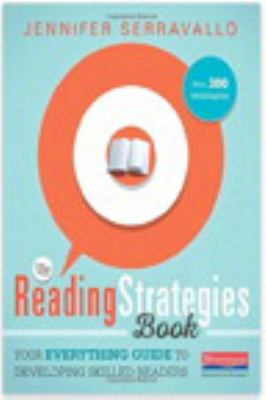 Title Details
Title Details
Title
The Reading Strategies Book : your everything guide to developing skilled readers
Call No
P 428.4 SER
Authors
Subjects
Language
English
Published
Portsmouth, NH : Heinemann, [2015].
Publication Desc
xii, 388 pages : illustrations (chiefly color) ;
ISBN
032507433X
LCCN
2016498719
Dimensions
26 cm.

Book
|
The Reading Strategies Book : your everything guide to developing skilled readers
Copies
1 Total copies, 1 Copies are in,
0 Copies are out.






